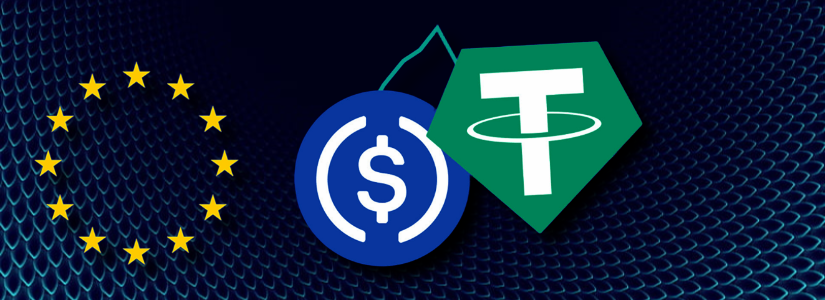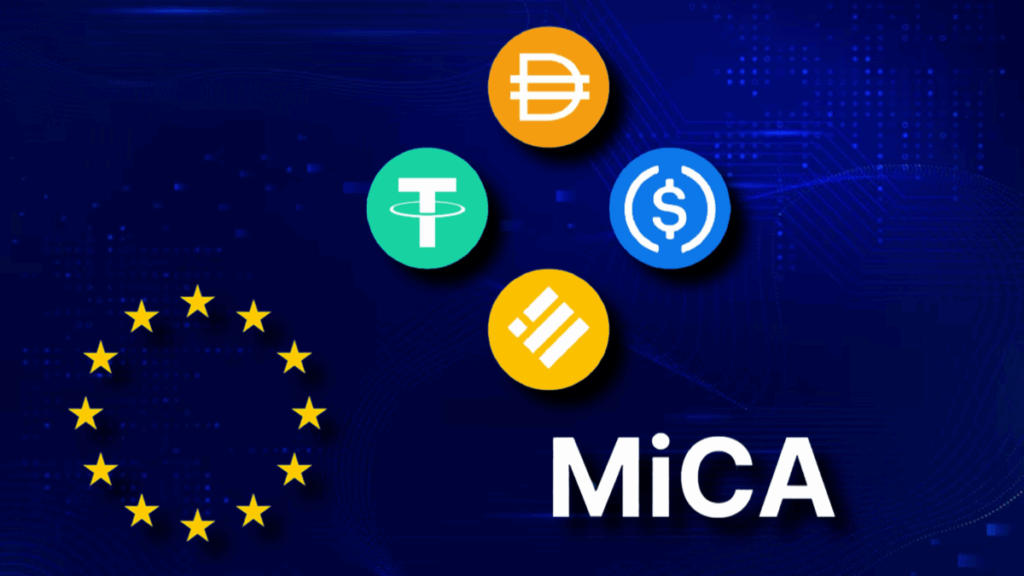TL;DR
- The European Commission is reviewing a proposal to allow global stablecoins to operate alongside EU-certified versions under MiCA, aiming for greater interoperability.
- While the ECB opposes any relaxation, industry players warn that inflexible rules risk driving innovation away.
- The discussion reflects deeper tensions between centralized oversight and crypto’s foundational ideals of financial freedom and borderless utility.
The European Commission is reportedly weighing a shift in its approach to the regulation of stablecoins under the MiCA framework, in what could mark a modest yet meaningful move toward greater crypto flexibility in the European Union. While licensing conditions would remain strict, the proposal under review would let EU-authorized issuers also offer their globally issued stablecoins to European users.
MiCA, enacted in 2023, introduced one of the most ambitious regulatory regimes for crypto assets in the world. But its overly rigid application, particularly on stablecoins, has discouraged innovation and reduced the willingness of companies to operate within the bloc. Rather than enabling competition and safeguarding users through choice, the rules have so far favored bureaucracy over adaptability. This stands in contrast to crypto’s core purpose: offering open access to financial tools beyond the reach of centralized institutions and empowering individuals over systems.
Growing Divide Between Policy Conservatism And Market Evolution
The European Central Bank continues to push back. President Christine Lagarde has reaffirmed the institution’s desire to tighten rules further, advocating instead for a state-controlled digital euro. The ECB’s resistance stems from fears of financial instability, but critics argue that clamping down on well-backed, transparent stablecoins does more harm than good.
A Commission spokesperson recently noted that “a run on a well-governed, fully collateralized stablecoin is highly unlikely,” highlighting how the ECB’s position may be more political than economic. Most systemic threats originate from opaque, under-regulated sectors, not from companies investing heavily in compliance and transparency.

Stablecoin Fungibility Sparks Concerns But Highlights Opportunity
MEPs like Irene Tinagli and Damian Boeselager have raised objections to interoperability between foreign and EU stablecoins, fearing backdoor market access. Yet fungibility is precisely what gives stablecoins their global utility. Instead of retreating behind protectionist policies, the EU should focus on ensuring transparency and fairness, not limiting access.
Without a freer, more inclusive approach, Europe risks becoming a spectator in a financial revolution that values decentralization, open protocols, borderless value exchange, and individual sovereignty over rigid institutional control. Regulatory overreach may shield legacy systems, but it stifles the very innovation that could future-proof Europe’s financial landscape.










